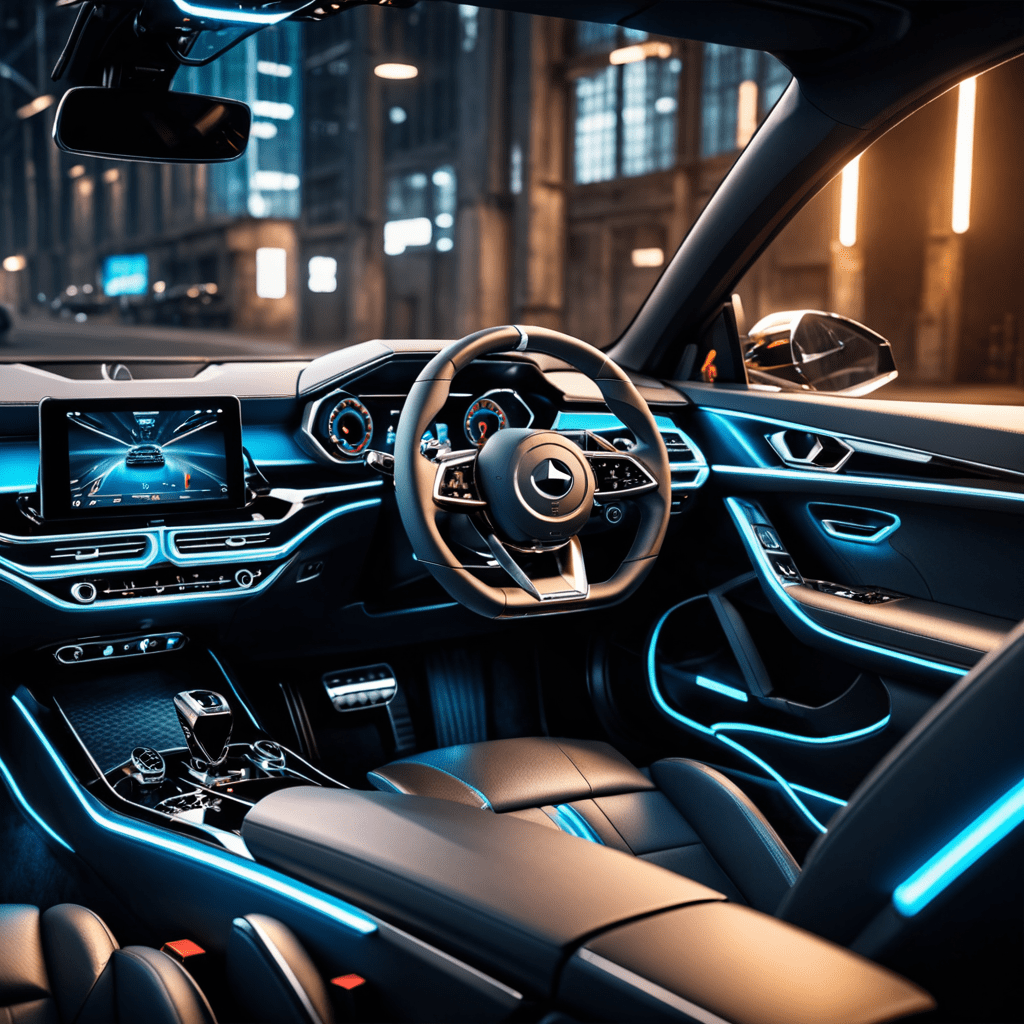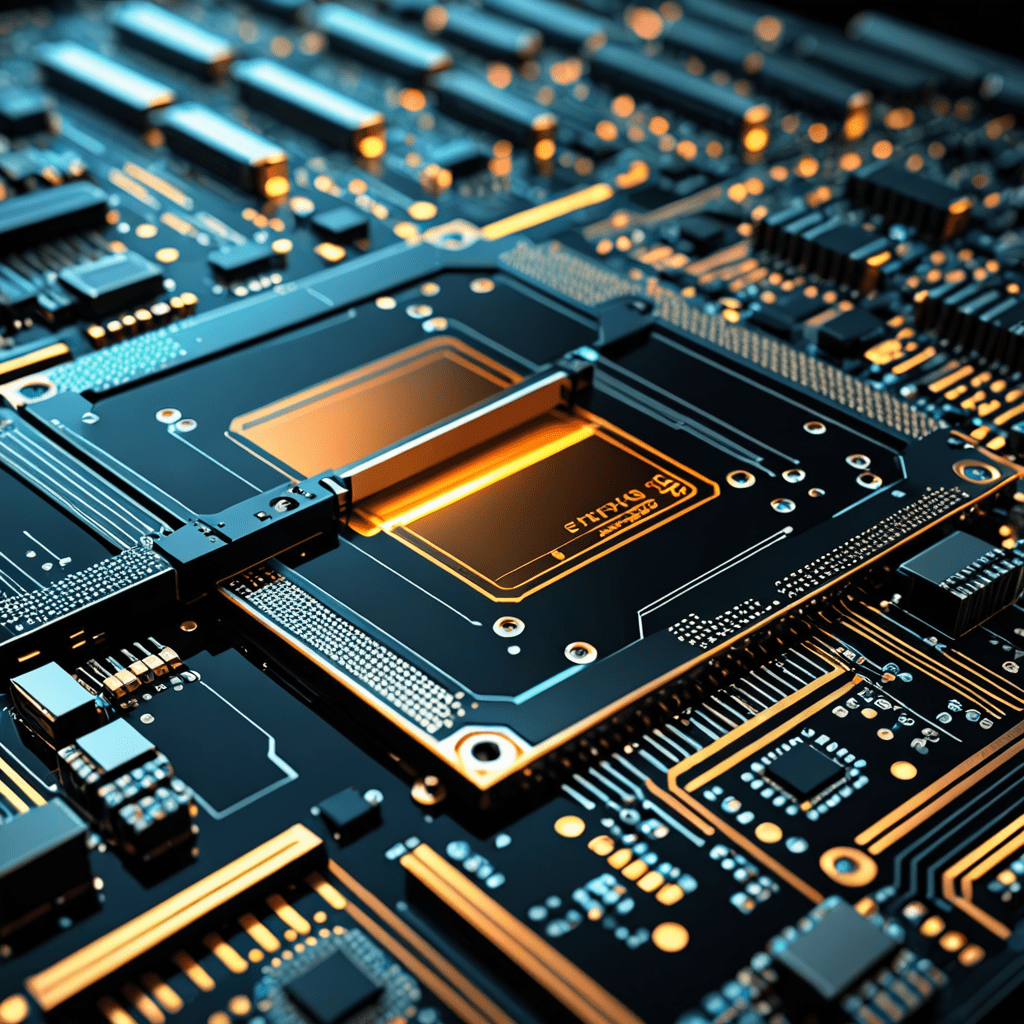
Nanotechnology in Automotive Design: Advancements in Vehicle Technology
Nanotechnology has been revolutionizing various industries, and the automotive sector is no exception. In recent years, the integration of nanotechnology in automotive design has led to significant advancements in vehicle technology.
The Power of Nanomaterials
Nanomaterials are at the forefront of the automotive industry’s technological advancements. These materials, which are typically less than 100 nanometers in size, possess unique properties that enhance the performance, efficiency, and durability of vehicles.
Enhanced Safety Features
By incorporating nanotechnology, automotive designers can improve the safety features of vehicles. Nanomaterials can be used to create stronger and lighter body structures, enhancing crash resistance and overall safety for drivers and passengers.
Improved Fuel Efficiency
Nanotechnology plays a crucial role in enhancing the fuel efficiency of vehicles. By reducing friction and optimizing engine performance, nanomaterials can help vehicles consume less fuel, thereby reducing emissions and environmental impact.
Smart and Self-Healing Coatings
Nanotechnology enables the development of smart coatings that can heal themselves from minor scratches and damages. These coatings not only improve the aesthetics of vehicles but also contribute to their longevity and maintenance.
Advanced Electronics and Sensors
Nanotechnology facilitates the miniaturization of electronic components and sensors in vehicles. This leads to the development of smart systems for improved navigation, connectivity, and overall vehicle performance.
Integration in Batteries and Energy Storage
Nanotechnology is driving innovations in battery technology for electric vehicles. By enhancing energy storage capacities and charging efficiency, nanomaterials are paving the way for the widespread adoption of electric cars.
The Future of Automotive Design
As nanotechnology continues to advance, the future of automotive design holds immense possibilities. From self-healing vehicles to ultra-lightweight yet ultra-strong materials, the integration of nanotechnology is reshaping the automotive industry and propelling it towards a more sustainable and efficient future.
FAQs about Nanotechnology in Automotive Design: Advancements in Vehicle Technology
What is nanotechnology in automotive design?
Nanotechnology in automotive design involves the application of nanomaterials and nanoscale technologies to enhance various aspects of vehicle performance, safety, and efficiency.
How does nanotechnology impact vehicle technology?
Nanotechnology improves vehicle technology by offering benefits such as lighter and stronger materials, increased fuel efficiency, better thermal management, enhanced safety features, and improved overall performance.
What are some examples of nanotechnology in automotive design?
Examples include using nanocomposites for lightweight and high-strength car parts, nanocoatings for scratch resistance and self-cleaning surfaces, and nanosensors for improved monitoring of vehicle systems.
How is nanotechnology expected to shape the future of automotive design?
Nanotechnology is anticipated to revolutionize automotive design by enabling the development of autonomous vehicles, advanced energy storage systems, smart coatings for self-healing cars, and efficient energy conversion technologies.


